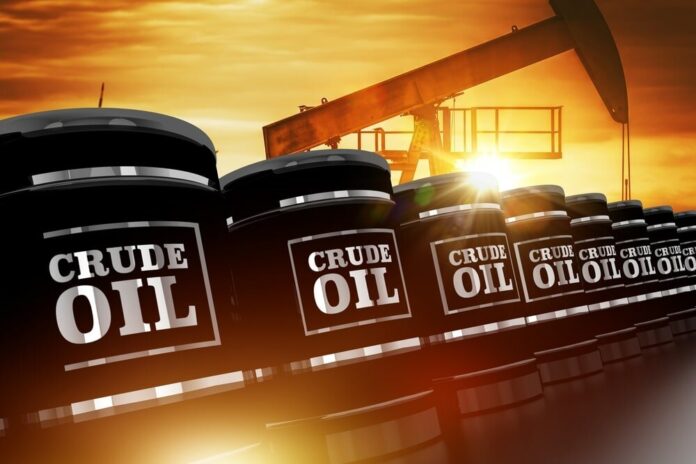The attacks on Iran’s oil facilities by Israeli forces in the latest round of hostilities have been described by analysts as a dangerous moment for global energy security.
While the full extent of the physical damage to Iran’s production facilities is still being assessed, the broader strategic implications are already rippling through global oil markets.
Nigeria, however, is already reaping a windfall, as its benchmark crude grades, including Bonny Light and Escravos Light, are reportedly trading close to $80 per barrel, up from around $50 per barrel before the conflict. This comes as a boost, given that the 2025 budget benchmark was pegged at $75 per barrel.
The surge in prices is expected to significantly improve government revenue inflows, help close budget deficits, and reduce the country’s borrowing needs.
Similarly, Brent crude and West Texas Intermediate (WTI) futures have witnessed sharp spikes, with prices soaring by more than 7–9 percent in single-day trading. Brent crude, the international benchmark, briefly rose above $78 per barrel, while WTI climbed past $77.
Iran holds about 9% of the world’s proven oil reserves and currently exports between 1.5 and 2 million barrels per day, primarily to China, despite long standing United States sanctions.
Analysts observed: “These rapid gains represent the largest single-day movements for both contracts since 2022, when Russia’s invasion of Ukraine sent energy markets into disarray.
“The sudden uptick underscores the market’s acute sensitivity to instability in the Middle East, given the region’s pivotal role in global oil supply.
“The rush to revise oil outlooks stems directly from the heightened uncertainty and the potential for severe supply disruptions.”
They opined that the unfolding crisis would exert further upward pressure on global oil prices. Unlike isolated sabotage incidents, a sustained campaign against Iranian energy infrastructure would likely result in much tighter global supply conditions, particularly if Iranian retaliation affects shipping routes or disrupts neighbouring oil producers.
Analysts also expect that Australian petrol prices will rise in the coming weeks, as domestic fuel costs tend to respond to international benchmarks with a delay.
Currently, particular attention is being paid to the Strait of Hormuz, a critical maritime choke point through which approximately one-fifth of the world’s oil consumption, or around 18–19 million barrels per day, passes.
Any disruption to shipping through this narrow waterway, as a result of the ongoing tensions, could drastically cut global oil flows and trigger an unprecedented surge in prices.
Chief Investment Strategist at Saxo Markets, Charu Chanana said: “Oil could spike toward $80 if Middle East tensions escalate and supply risks materialise, but rising OPEC+ output may cap gains and revive oversupply concerns into the autumn.
“A worst-case scenario, such as a closure of the Strait of Hormuz or disruption to Iran’s 2.1 million barrels per day in exports, could have serious implications for global oil supply and inflation expectations.”
Meanwhile, Iran has issued what it calls “a harsh response” to the Israeli attacks. According to the latest updates from Reuters, citing Israeli military sources, Iran launched over 100 drones at Israel after Israel reportedly targeted uranium enrichment sites, ballistic missile factories, and top military commanders.
The Iranian Revolutionary Guard Corps has reported that its headquarters was struck by an Israeli missile, with its top commander, Hossein Salami, reportedly killed.
“Iran’s potential retaliation and blockage of the Strait of Hormuz can threaten crude oil supplies,” said Mukesh Sahdev, Head of Commodity Markets for Oil at Rystad Energy.
Countries reliant on oil imports, particularly in Asia, are especially vulnerable to such shocks in the short term.
India, Pakistan, Indonesia and Bangladesh rely heavily on Middle Eastern oil and are particularly exposed to both supply interruptions and price hikes. These economies typically have limited strategic petroleum reserves and face external balance pressures when oil prices rise.

